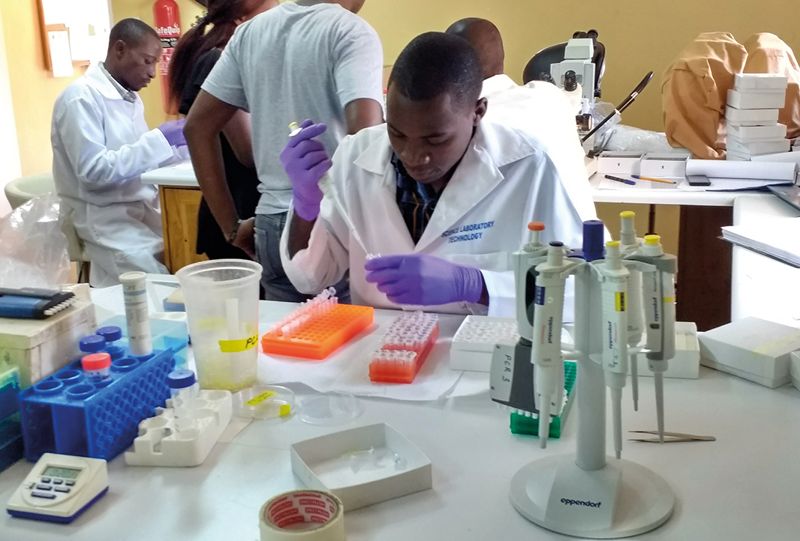Sandwip Island in southern Bangladesh almost has it all. It sits in the estuary of the Meghna River, which washes the island with rich, fertile silt, while plentiful sunlight helps coconuts, mangoes and pineapples to grow. It was once home to pirates but now thrives on honest trade. The main downside is that none of the 350,000 people living on the island have a connection to the national grid.
For years, only the wealthier Sandwip residents could generate electricity, by buying small diesel generators. About a decade ago, Bangladesh began promoting solar home systems (SHSs): small, stand-alone, rooftop photovoltaic devices that can reach poorer households. But power generation on an individual scale has drawbacks. There is a limited supply of subsidized diesel, so generators cannot be on all day, and they are noisy, polluting and have high maintenance costs owing to the low-quality fuel that is often used. And a typical SHS provides a maximum output of just 500 watts — enough for a few light bulbs and a mobile-phone charger, but too little for a hand blender or water pump.
To thrive, small enterprises need dependable electricity around the clock. So in the absence of the national grid, Sandwip went for the next best thing: a hybrid solar–diesel minigrid.
Read the rest of this feature in Nature Outlook’s Energy Transition issue: [html] [pdf].


